MRI is a complex imaging modality we use to create highly detailed images of the human body. You can alter the way anatomy looks just by changing a few parameters at the operator console. We are going to look at each of the most common parameters that can be changed and how it affects the final MRI image. One of the reasons why MR imaging is so complex is because every parameter we change will affect something else. There is nothing free lunch, a change in one parameter will cost something. Outstanding MRI technologists have an excellent understanding of these parameters and are able to adjust them to create images with the correct imaging weighting, SNR, in the least amount of time.
Repetition Time
Repetition Time or TR is defined as the time between successive radiofrequency pulses (RF) for each slice. TR is a primary or controlling factor of T1 weighting. The lower the TR the more T1 weighting the resulting image will have. The longer the TR the less T1 weighting we will see in the image. TR also affects the amount of signal to noise or SNR we will receive back from the excited spins. A very short TR will result in less SNR whereas a long TR will yield a higher SNR.
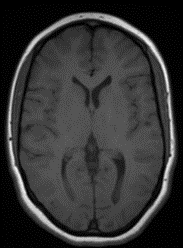
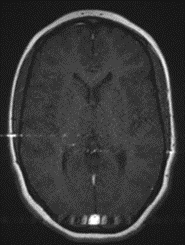
Echo Time
Echo Time or TE is defined as the time between the delivery of the RF pulse and the collection of the echo, signal. TE is when the actual MR signal is collected and is the primary controlling factor of T2 weighting. A long TE will result in more T2 weighting while a short TE will result in less T2 weighting. Sequences that utilize a long TE will have less SNR than sequences that utilize a short TE.
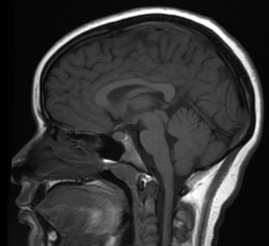
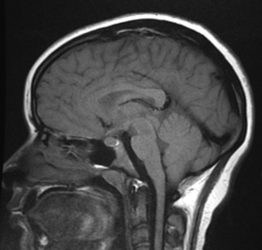
Flip Angle
Flip angle or tip angle is the amount of rotation or tip the net magnetization experiences during the application of a radiofrequency (RF) pulse. For spin echo sequences the flip angle will always be 900. Gradient echo sequences can use a variety of different flip angles depending upon the type of gradient echo sequence and image weighting desired. In spin echo sequences the flip angle is always going to be 900, therefore, has no effect on image weighting or SNR. Flip angle in gradient echo sequences will affect not only imaging weighting, but it will also affect SNR. Larger flip angles, numbers closer to 900, will be more T1 weighted and have a higher SNR. Whereas lower, smaller numbers, will be more T2 weighted and have less SNR. Flip angle would be a primary controlling factor for imaging weighting in gradient echo sequences, but have no effect on image weighting in spin echo sequences.
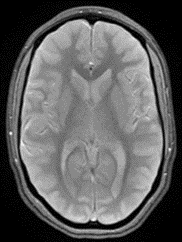
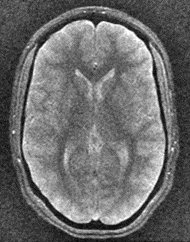
Most technologists only think of these parameters as affecting image weighting and do not associate these parameters with SNR. There is no magic number or one set point for any of these parameters. Rather, these parameters all have optimal ranges for each image weighting and SNR. Adjusting any one of these parameters will affect the overall SNR and image weighting. In practice often, more than one parameter will need to be adjusted at a time. It is vital for the MRI technologist to have a good working knowledge of how to adjust these parameters and maintain an optimal balance between image weighting and SNR.